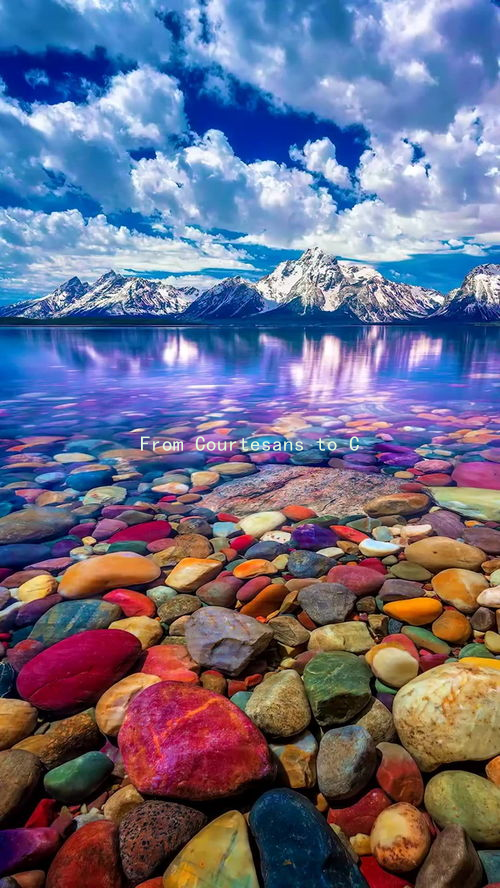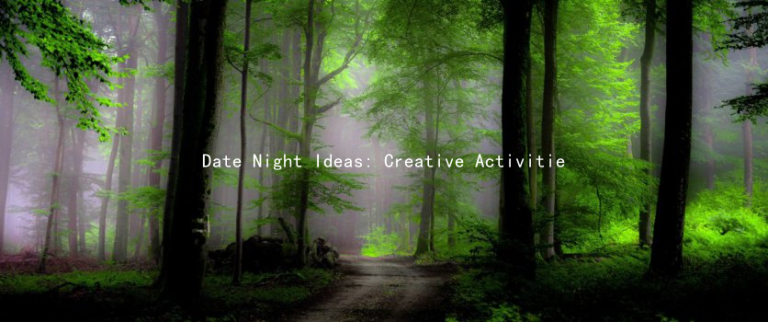From Courtesans to Couples: Lessons in Romance from Art History
From Courtesans to Couples: Lessons in Romance from Art History
Throughout history, the depiction of romance, love, and relationships has evolved considerably, shaped by societal norms and cultural shifts. Art history provides a unique lens through which we can glimpse the complexities of human interaction and the skills necessary to navigate the intricate dance of romance. Those who seek to enhance their romantic lives can glean valuable lessons from the stories told through centuries of artistic expression.
Art from the Renaissance period often reveals much about romantic ideals and relationships. Courtesans, who occupied a unique social space, were more than mere objects of desire; they were also influential figures in the cultural and artistic landscape of their time. Works featuring courtesans often celebrate their wit, intelligence, and charm, underscoring the importance of not just beauty, but also of personality and skill in navigating romantic entanglements. Their ability to engage in intellectual conversation and social maneuvering provided a blueprint for building genuine connections, a key lesson for those seeking lasting relationships today.
The Rococo period further emphasized the romantic ideals of courtship and flirtation. Artists like Antoine Watteau captured the playful dynamics of love through intricate social scenes. These works reflect the notion that successful romance involves an element of lightheartedness and a spirit of play. Whether through humorous exchanges or tender glances, the art of flirtation can be seen as an art form in itself. Modern romantic endeavors can benefit from this idea—encouraging couples to embrace a sense of joy and whimsy in their interactions, rather than becoming bogged down by societal pressures or expectations.

Moving into the 19th century, Romanticism introduced deeper emotional connectivity. Artists like Gustave Courbet and Édouard Manet focused on the intimate emotions that underlie romantic relationships. Their emphasis on authenticity and vulnerability reminds us that to form genuine connections, one must be willing to open up and share their true selves. Honest communication—expressing one’s fears, dreams, and aspirations—can foster a stronger bond between partners. In a world where superficiality can often reign, the importance of fostering true emotional intimacy cannot be overstated.
In contemporary art, the theme of love has advanced to challenge traditional expectations of relationships. Artists today explore love in all its forms, from platonic connections to complex family dynamics. This evolving portrayal emphasizes inclusivity and the diverse experiences of love, suggesting that understanding and respecting one anothers unique backgrounds and needs is essential in any romantic partnership. To nurture a thriving relationship, one must adapt, embrace diversity, and practice empathy.
Moreover, modern art movements also celebrate the power of collaboration. Artistic partnerships reveal how two individuals can create something greater together, highlighting the idea of teamwork in romance. Just as artists must communicate and compromise to create a cohesive work, couples must engage in similar dynamics to maintain a healthy relationship. Shared goals, mutual support, and joint problem-solving pave the way for stronger bonds.
In conclusion, the lessons in romance derived from art history are not merely reflections of the past; they serve as invaluable tools for navigating modern relationships. From the playful flirtations of courtesans to the emotional depth seen in Romanticism, each epoch offers insights into the multifaceted nature of love. By learning from these artistic expressions, contemporary couples can enhance their romantic lives—embracing authenticity, fostering joy, and valuing collaboration. The canvas of love is not static; it evolves with time, shaped by both history and personal experiences. Let us continue to paint our relationships with the wisdom gleaned from those who have come before us.





